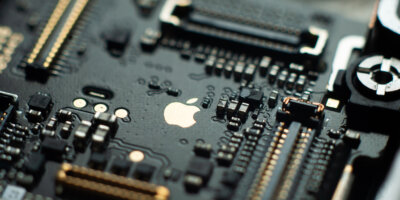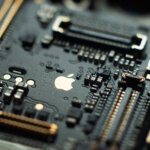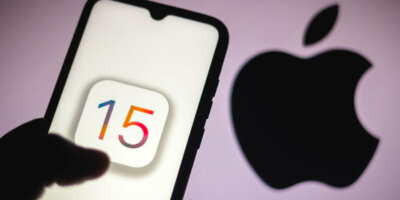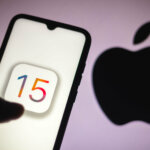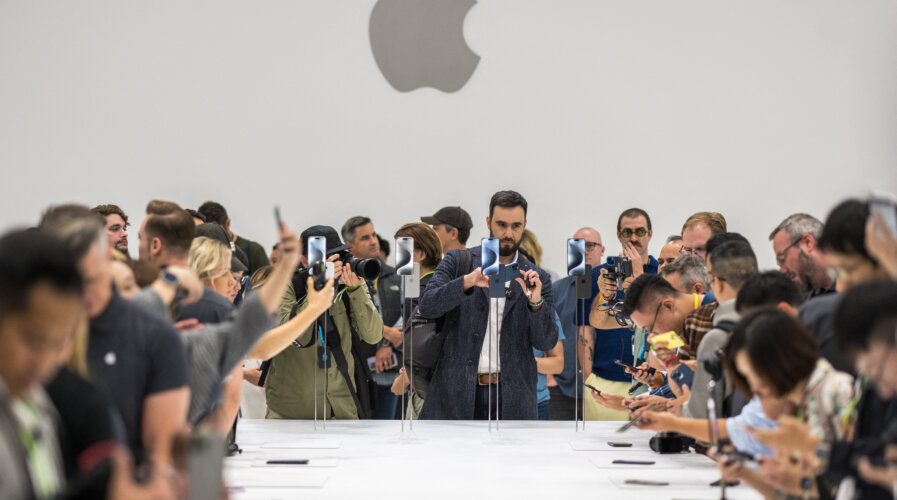
The launch of Apple iPhone 15 Pro at Apple Park in Cupertino, California. (Source – AFP)
Before you buy the new Apple iPhone 15 and Apple Watch, read this
- Apple unveiled the iPhone 15 with a new A16 chip and Dynamic Island – is that enough for you to buy the new Apple iPhone?
- iOS 17 features Live Voicemail and StandBy mode, while the iPhone 15 may influence smart home tech with Thread support.
- Has the company done enough to make you buy the new Apple iPhone?
It’s that season once again—the time when Apple unveils its latest array of products. This year’s focus is on the iPhone 15 series, the Apple Watch Ultra 2 and Apple Watch Series 9. Specifically, the Apple Watch Series 9 offers several noteworthy advancements, featuring the brand-new S9 chip, which, according to Apple, provides a 60% speed enhancement and a 30% quicker GPU.
New functionalities have also been added, including Siri-driven access to health data, NameDrop for quick information sharing, and a Double Tap control system for the watch. But for the planet’s favorite smartphone, is there enough that’s new to make you buy the latest Apple iPhone?
Ready to buy the Apple iPhone 15? Understanding its game-changing Thread support
There are many features to dig into, but let’s start with the iPhone 15 lineup. According to the tech giant, these will be the first Thread-enabled smartphones. Specifically, the iPhone 15 Pro and iPhone 15 Pro Max will support the open-source smart home protocol, Thread, laying the groundwork for future integrations with Apple’s Home app.
The Verge suggests that the immediate implications of Thread integration for Apple’s smart home ambitions remain somewhat nebulous. For those unfamiliar with it, Thread is a mesh network protocol developed for low-power, low-bandwidth smart home devices. Its primary goals are to reduce latency, extend battery longevity, and bolster connectivity reliability, making your smart devices as responsive as traditional home appliances.
Thread is increasingly becoming the go-to connectivity protocol for battery-operated smart home gadgets like sensors, lighting solutions, and security locks, serving as a cornerstone in the Matter ecosystem for these devices.
The Verge has hinted that iPhones equipped with Thread could serve as Thread border routers. This is crucial, as Thread devices require such a router to access the internet and other IP-based networks, granting remote control capabilities and enabling connectivity to non-Thread devices. This feature may also enhance device-to-device communication within the Apple Home ecosystem.
There’s also chatter that Google is contemplating enabling Android devices to function as Thread border routers. Evidence suggests that Google is currently working on incorporating a Thread network stack into Android, paving the way for Android-based devices to serve similar roles.
There’s still ambiguity surrounding this, but Google is expected to clarify things during its big Pixel event next month.
Aside from this, the iPhone 15 and 15 Pro are trailblazers in adopting the brand-new Qi2 magnetic wireless charging standard. It appears, however, that they haven’t officially received Qi2 certification yet. But then again, neither has any other device.
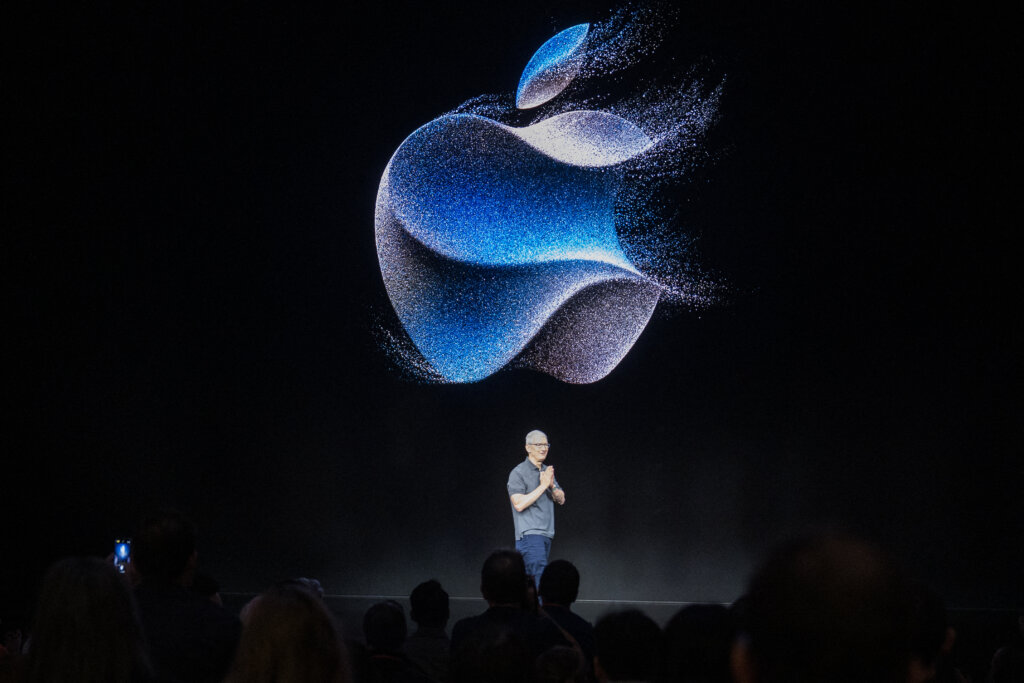
Tim Cook, chief executive officer of Apple Inc., speaks during a launch event for the new Apple iPhone 15 at Apple Park. (Source – AFP)
Qi2 refreshes the existing Qi wireless charging standard, integrating a ring of magnets to better align charging coils, much like Apple’s MagSafe. Unlike MagSafe though, Qi2 is an open standard—Apple has even added its own “magnetic power profile” to it—and it’s anticipated that Android manufacturers will jump on board.
Qi2 also resolves a somewhat contradictory issue where iPhones and Android phones experience varied charging speeds on identical chargers. The standard promises a unified charging rate, addressing this longstanding pain point.
Unveiling the Dynamic Island
Apple has lifted the veil on its much-speculated iPhone 15 series. These devices feature a USB-C port for the first time, and additionally come with Dynamic Island, a feature previously exclusive to the high-end iPhone 14 models.
This new USB-C feature is a welcome change, although those hoping for a complete design overhaul may be disappointed. The aesthetic of this year’s iPhone is largely a continuation of last year’s design—the iPhone 15 and 15 Plus sport 6.1-inch and 6.7-inch displays, respectively.
Every iPhone 15 model will come equipped with Dynamic Island. This pill-shaped notification center, which initially appeared on the iPhone 14 Pro and Pro Max, offers a novel way to interact with apps and notifications. Coupled with an OLED Super Retina display that supports Dolby Vision, the iPhone 15 offers unparalleled visual experiences, with brightness levels peaking at an astounding 2,000 nits in direct sunlight.
Enough to make you buy the Apple iPhone 15?
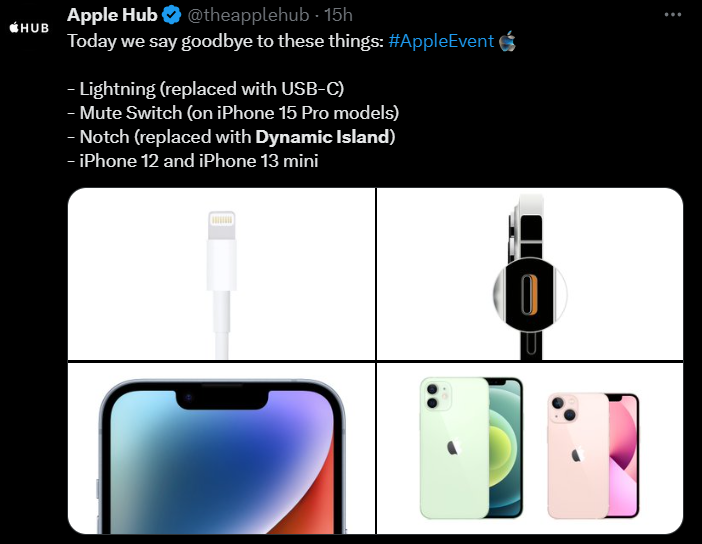
Apple is setting a new milestone with its new innovations. (Source – X)
The iPhone 15 series is powered by the A16 chip, previously introduced with the iPhone 14 Pro. The standard iPhone 15 comes with a 6.1-inch display, while the iPhone 15 Plus features a larger 6.7-inch screen. Both models are outfitted with a 48MP main camera, promising an “all-day battery life,” and a second-generation ultra-wideband chip.
The iPhone 15 Pro and Pro Max go a step further, incorporating a USB-C port and introducing a new, customizable Action Button instead of the mute switch. These models sport sleeker designs with narrower bezels and are constructed from lighter, more durable titanium.
The Pro versions also have a more efficient A17 Pro processor and offer quicker USB-C charging compared to the base iPhone 15 model. Along with the 48MP main camera, the iPhone 15 Pro Max boasts a 5x telephoto lens.
Buy the Apple iPhone 15 and step into the future with iOS 17
Powering these high-spec iPhones is iOS 17, slated for public release on September 18. This new OS introduces innovative features such as Live Voicemail, StandBy mode, and a Journal app, further enriching the iPhone experience.
Similarly, the full version of iPadOS 17 will launch on September 18, featuring new interactions with widgets and customizable lock screens. Compatible with a wide range of iPad models, this update brings several enhancements.

The new Apple iPhone 15, with EU ordered USB-C charger, is displayed among other new products during a launch event at Apple Park. (Source – AFP)
Upon its complete release, iOS 17 will allow users to create custom stickers, configure Contact Posters, and enjoy improvements in autocorrect and voice transcription functionalities. With iOS 17, Siri can be activated without the initial “Hey,” and the Live Voicemail feature will provide real-time transcriptions directly on your screen as voicemails are being recorded. When placed on its side, a new StandBy mode transforms your iPhone into a bedside clock.
The NameDrop feature in iOS 17 enables quick and easy sharing of contact information via AirDrop when two iPhones are brought close together. However, Apple has cautioned that some of these features may not be accessible in all regions, urging users to check their website for regional availability.
Sustainability: Apple’s carbon-neutral commitment
Moving on to Apple’s watches, the company has unveiled carbon-neutral iterations of three Apple Watch models. These eco-friendly versions will feature a new green logo on their packaging, resulting from incorporating renewable energy into manufacturing and opting for more efficient transportation methods.
By 2030, Apple aspires to achieve complete carbon neutrality, extending this commitment to its entire supply chain. The most significant emissions reduction for the latest watch models comes from using clean electricity during production. The company noted that as many as 300 of its suppliers have pledged to adopt clean energy sources, which constitute the primary emissions factor in creating Apple Watches.
Historically, Apple revolutionized consumer electronics logistics by using airplanes to ship products from Chinese factories to global locations. This approach not only minimized required inventory levels but also positively impacted the company’s profitability. However, it’s worth mentioning that air transport significantly contributes to the brand’s carbon footprint.
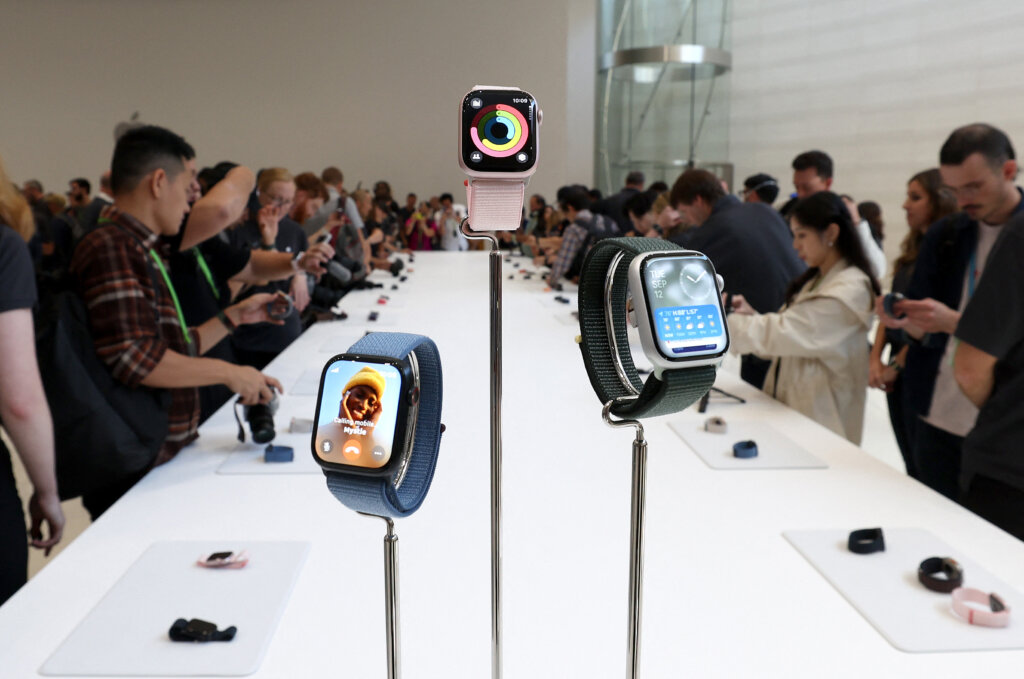
Brand new Apple Watches are displayed during an Apple event. (Source – AFP)
The environmentally conscious versions of the Apple Watch Series 9, Apple Watch SE, and Apple Watch Ultra 2 will generate fewer emissions compared to Apple’s prior estimates for similar products. The company will purchase carbon offsets for any remaining emissions to neutralize its environmental impact further, confirmed Lisa Jackson, who oversees Apple’s sustainability initiatives.
Jackson emphasized that while the company could immediately neutralize its carbon footprint through offset purchases, Apple is committed to actively reducing emissions through existing technologies.
AI is reshaping Apple iPhones
While many companies are making headlines for grand transformations through emerging tech, Apple has taken a more nuanced approach, focusing on enhancing fundamental features in its latest devices. Reuters has pointed out that rather than making sweeping changes, the tech giant is enriching everyday functionalities, such as call quality and photography.
Apple recently unveiled its next-gen iPhones and a new smartwatch. Both rely on advanced semiconductor designs that pave the way for features that elevate basic functions. Notably, the company avoided using the term “emerging tech” during its product announcements, opting for a subtler message.
Even though the tech giant didn’t highlight it at its June developer event, the new tech has been silently revolutionizing Apple’s foundational software for some time now. This stands in stark contrast to companies like Microsoft and Google’s parent, Alphabet, which have openly declared expansive aspirations for emerging tech. Industry experts have, however, cautioned about the perils associated with unchecked advancements, particularly with powerful tools like generative tech.
In its Series 9 Watch, Apple introduced an innovative chip featuring a four-core “Neural Engine,” designed to handle machine learning computations at double the speed. This engine serves as the cornerstone for chip designs that expedite tech-driven functions. One noticeable impact is a 25% accuracy improvement in Siri, Apple’s voice-activated assistant.
The incorporation of machine learning into the watch’s hardware has also paved the way for a novel interaction method. Users can now “double tap” using a finger pinch, offering an alternate way to control the watch when their other hand is preoccupied—holding a cup of coffee or walking a pet. This feature uses the new chip’s machine learning capabilities to interpret subtle finger movements and blood flow changes.
Shifting focus to its smartphones, Apple has amplified its image-capture technology. While the company already offered a “portrait mode” that simulated the effect of a high-end camera lens through computational power, it required users to activate it manually. The new enhancement automatically detects when a person is in the frame and collects the necessary data for a blurred background effect.
Apple isn’t alone in incorporating tech-driven features into mobile devices. Google’s Pixel phones have similar functionalities, allowing users to remove unwanted elements from photos digitally.
From iPhones to watches, Apple’s new releases offer a myriad of cutting-edge features and advancements. If you’re considering stepping into the future with Apple, now is the time.
READ MORE
- 3 Steps to Successfully Automate Copilot for Microsoft 365 Implementation
- Trustworthy AI – the Promise of Enterprise-Friendly Generative Machine Learning with Dell and NVIDIA
- Strategies for Democratizing GenAI
- The criticality of endpoint management in cybersecurity and operations
- Ethical AI: The renewed importance of safeguarding data and customer privacy in Generative AI applications

